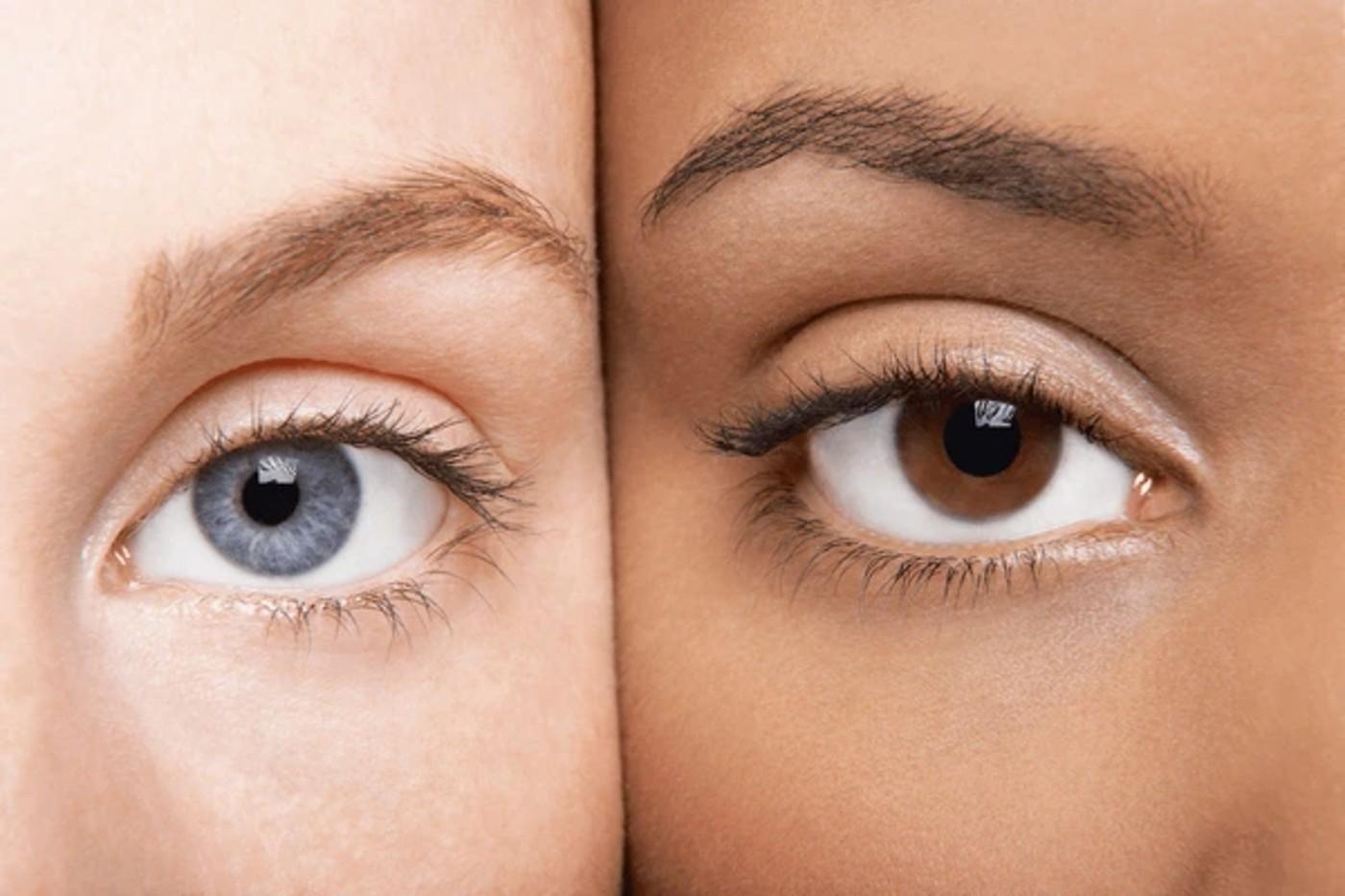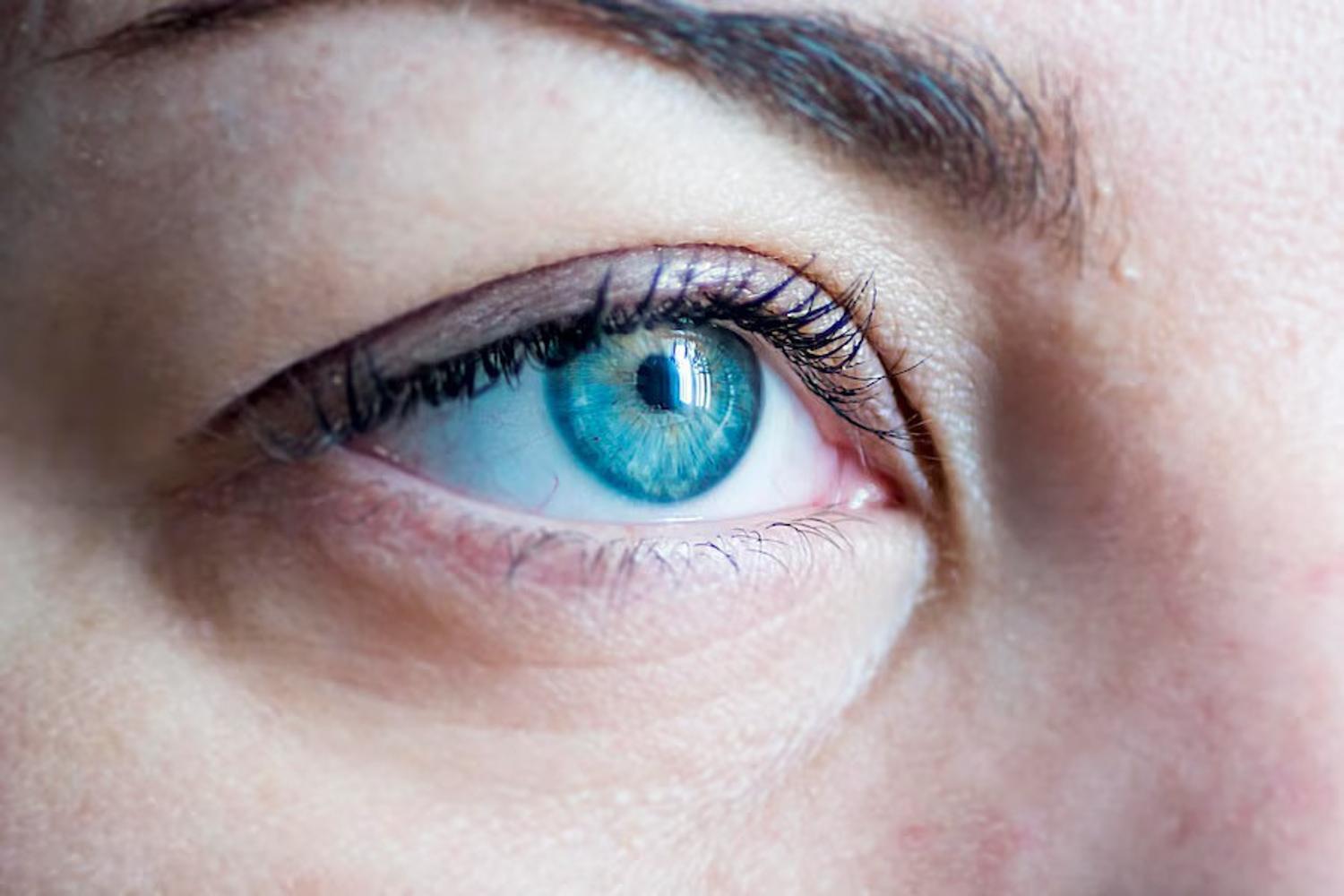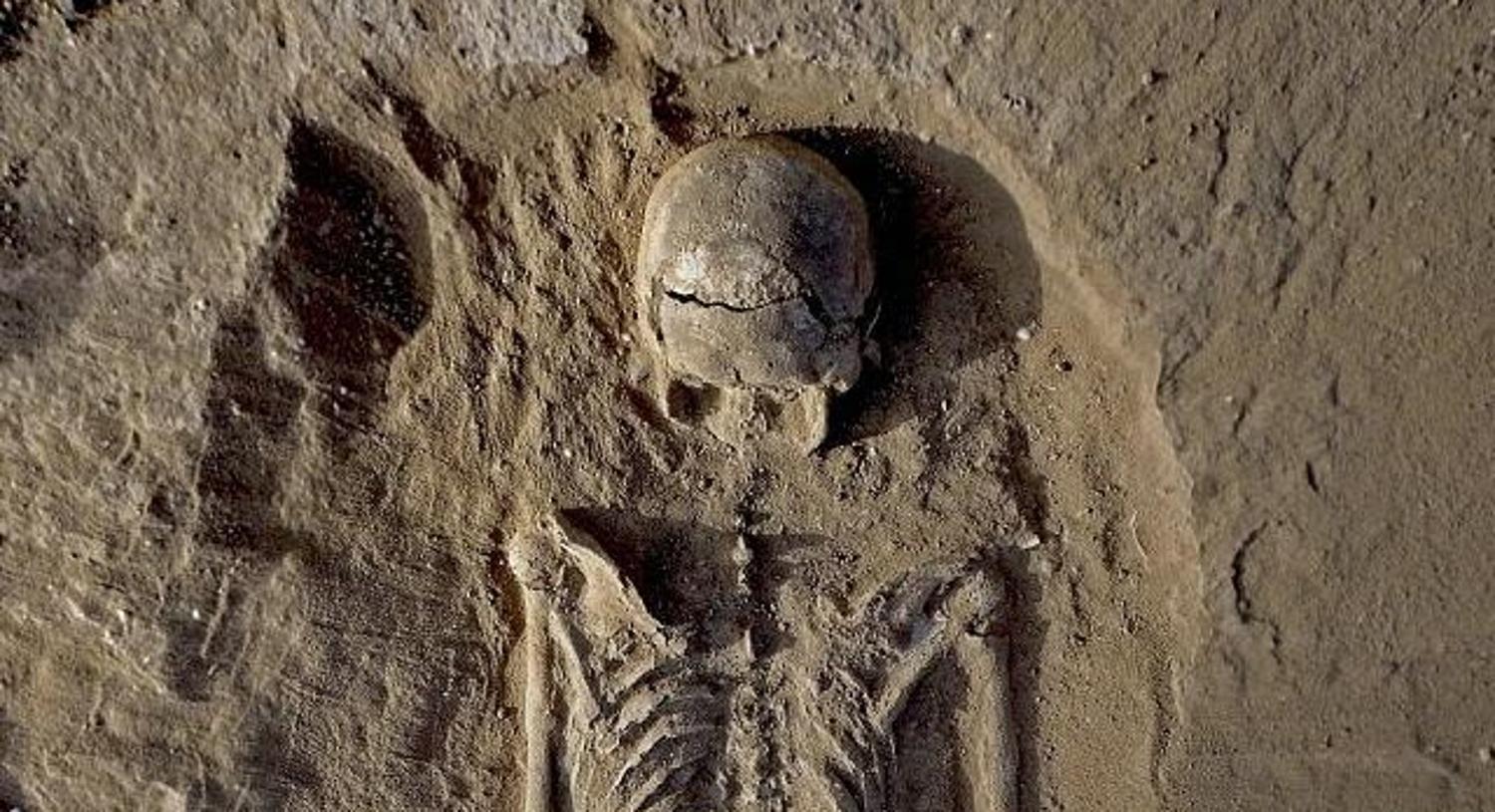Scientists have long wondered why a select percentage of humans have blue eyes. Extensive research has been conducted to determine if it was an evolutionary benefit, a genetic mutation, or some entirely different reason.
However, researchers of a recent study conducted at the University of Copenhagen believe they finally have the answer we’ve been looking for. They say their research has concretely proven that all people with blue eyes are descendants of just one ancestor who lived thousands of years ago.
Understanding the Genetics Behind Blue Eyes

For those who don’t remember what they learned in high school biology, blue eye color is known as a recessive trait, whereas brown eye color is a dominant trait.
That means that while a parent may have blue eyes, it’s more likely that a child will, but they could still be born with brown eyes, and a parent with brown eyes with the recessive blue eye gene could also produce a blue-eyed child.
The Blue-Eyed Gene “Turns Off” Melanin

Physically, when someone has blue eyes, it means that they have a non-functioning OCA2 gene. When the OCA2 gene doesn’t operate properly, it essentially “turns off” the iris’ ability to produce melanin or pigment that makes eyes brown.
While geneticists have long understood this information, they have never been able to figure out why the OCA2 gene stopped working in the first place.
University of Copenhagen Study on the Origin of Blue Eyes

To finally answer this age-old question, a group of researchers at the University of Copenhagen conducted an extensive study into the OCA2 gene and found something incredibly interesting.
The team, led by Professor Hans Eiberg from the Department of Cellular and Molecular Medicine, reported that the non-functioning of the OCA2 gene is not a result of evolution but of a simple one-time gene mutation.
Researchers Noticed Several Interesting Factors in the DNA

They reached this conclusion after studying both the OCA2 gene and the DNA sequences surrounding it.
They noticed that people with blue eyes have a limited degree of variation in the amount of melanin or pigment in their eyes. On the other hand, brown-eyed people have much more variation within the area of their DNA that controls melanin amounts.
All Blue-Eyed People Share One Common Ancestor

Additionally, the study noted that the haplotypes, or DNA regions, surrounding the OCA2 gene were identical in almost every single person with blue eyes.
This information led them to believe that every person who has ever lived or will live with blue eyes is a direct descendant of one person whose OCA2 gene spontaneously mutated.
This Ancestor Likely Lived Around the Black Sea

Researchers have hypothesized that the original blue-eyed ancestor lived somewhere between 6,000 and 10,000 years ago in the Black Sea region of what is now Europe
What’s interesting about this theory is that this one person’s gene would have randomly mutated to produce blue eyes tens of thousands of years after arriving at the Black Sea from Africa, and their bodies had long ago changed in many other ways.
The Evolutionary Benefit of Light Skin and Hair

Most experts agree that humans migrated from Africa to Europe between 54,000 and 42,000 years ago. There, the light was lower, and they slowly began to develop lighter skin and fairer hair, which were more beneficial for the reception and production of Vitamin D.
Therefore, one might assume that, at about that time, human eyes could have changed color from brown to blue to allow more of the now-minimal amount of light in. However, the recent study all but proves this was not the case.
The Genetic Mutation That Created Blue Eyes Is Neither Beneficial nor Detrimental

One commonly cited fact about blue eyes is that they are neither more beneficial nor less beneficial than brown eyes.
Human evolution occurs when a new characteristic helps the species survive. Because eye color doesn’t have an evolutionary advantage, many experts don’t believe humans simply evolved to have blue eyes for no reason.
Only 8% of the Population Has Blue Eyes

Another interesting fact that supports the researchers’ theory that blue eyes did not evolve as an evolutionary benefit is that there are actually very few blue-eyed people. In fact, only between 8% and 10% of the entire population has blue eyes.
Consequently, if people who moved to Europe thousands of years ago from Africa developed blue eyes when they evolved to have light hair and skin, far more people would have blue eyes today.
Does This Study Apply to People With Green Eyes?

Today, humans have a wide variety of eye colors, from dark brown to gray, ice blue to green, hazel, light brown, ocean blue, and almost everything in between. Only 2% of the world’s population has green eyes, which is caused by both a lack of melanin and a rare dispersion of the existing pigment.
Technically, people with green eyes also have a malfunctioning OCA2 gene. However, this study did not assess the surrounding DNA of green-eyed subjects and, therefore, cannot confirm or deny if they also have a common ancestor.
The Blue-Eyed Common Ancestor Theory Is Still Just a Theory

It’s important to understand that, as with any scientific study, the theory that all blue-eyed people are direct descendants of just one person who experienced a random genetic mutation is still, and will likely always be, just a theory.
It is almost impossible to prove with absolute certainty exactly why some people have blue eyes, and others don’t. However, this ancestral theory is undoubtedly the closest scientists have ever come to a final answer, which means it can be considered accurate until proven otherwise.








































